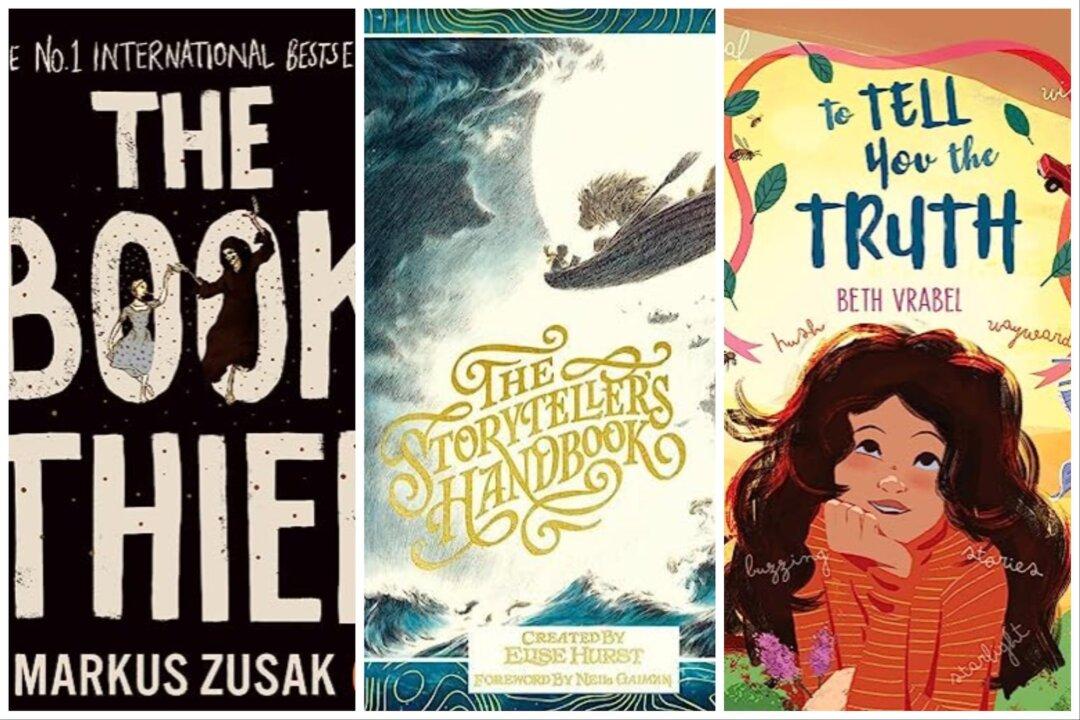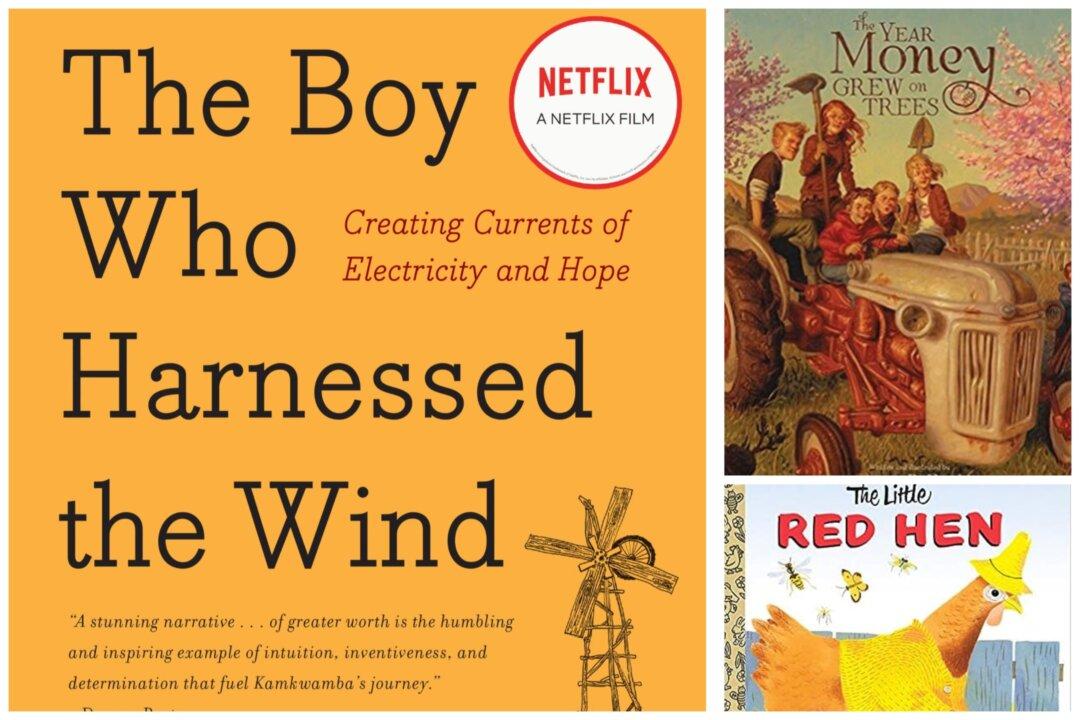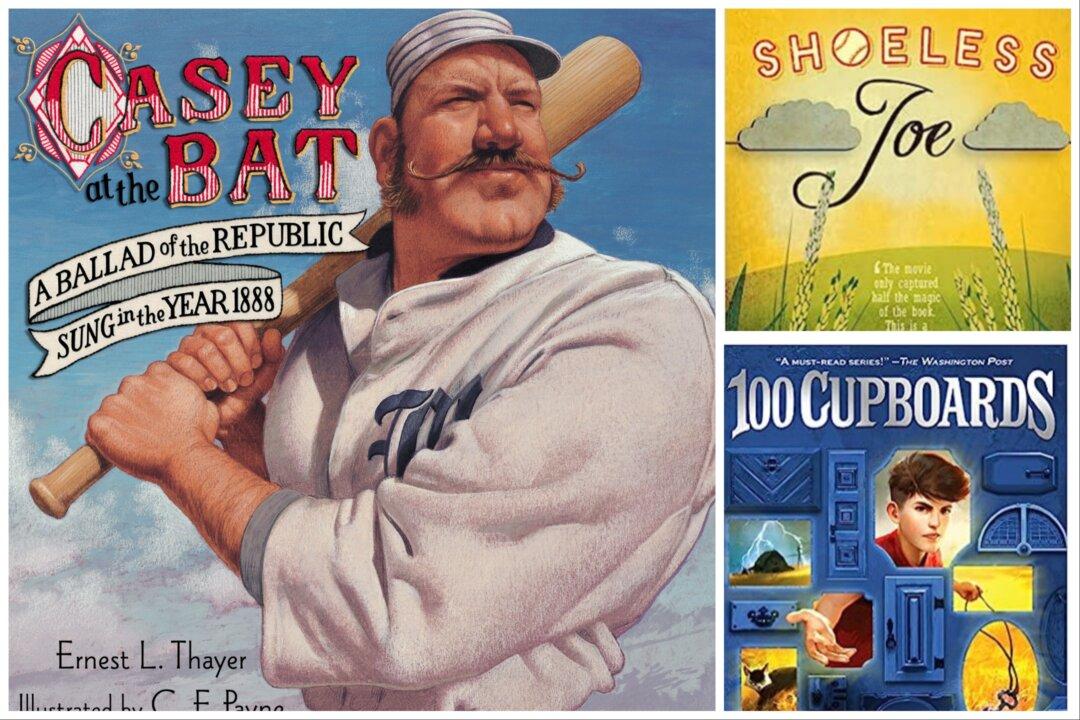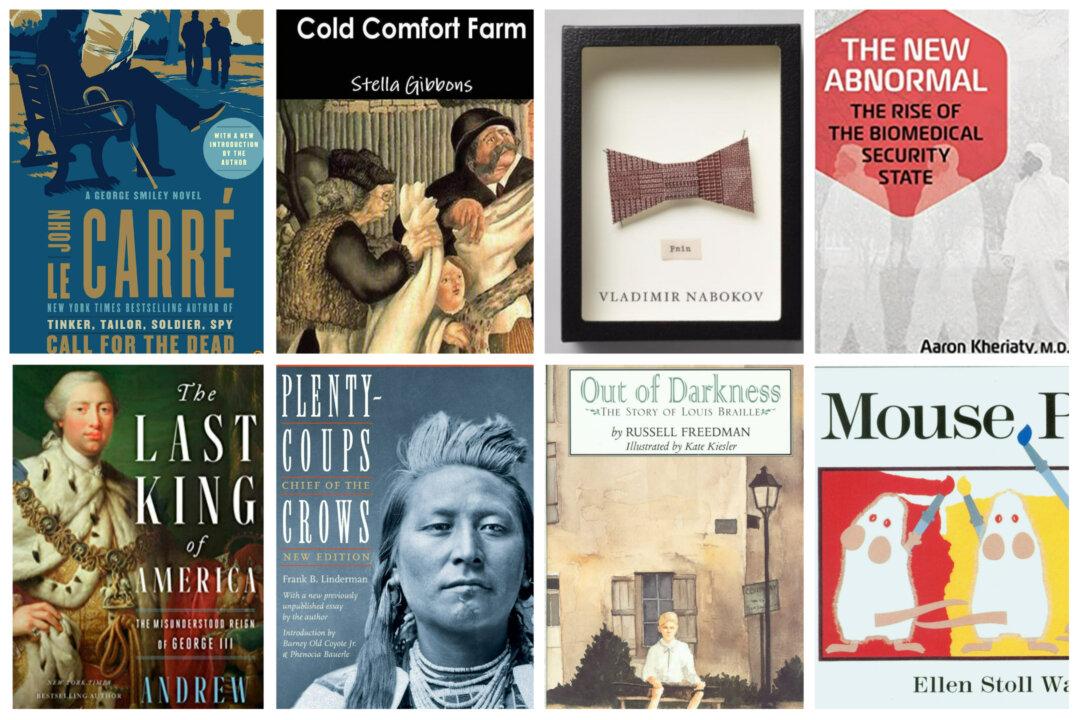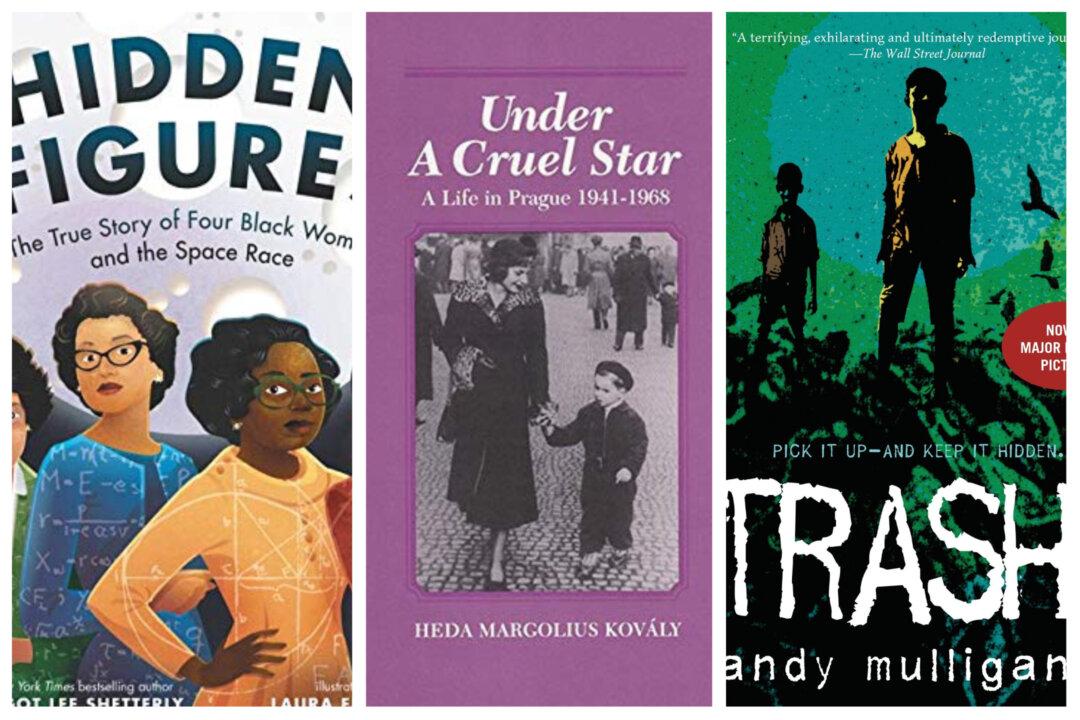Storytelling is powerful. Its history stretches back to the earliest days of humanity, and it’s an art form intertwined with the passing down of wisdom and understanding. Our love and need for stories is still alive today, although it may be more clearly seen in our habit of getting drawn into episode after episode of a well-crafted TV show, instead of gathering around a fire to listen to lore from an elder.
The following are three books that do an excellent job of capturing the beauty and importance of a well-told story, and one of the books can even lead young readers to participate in it themselves.

